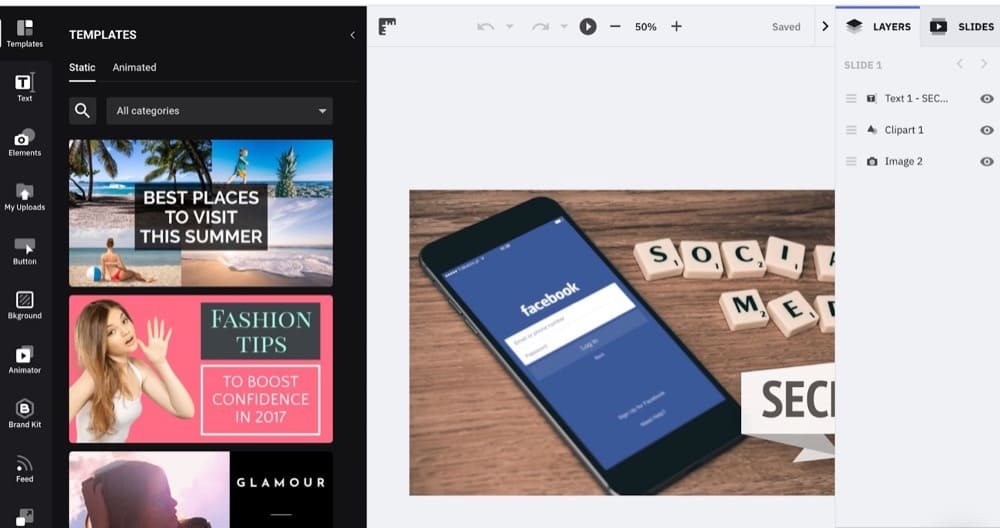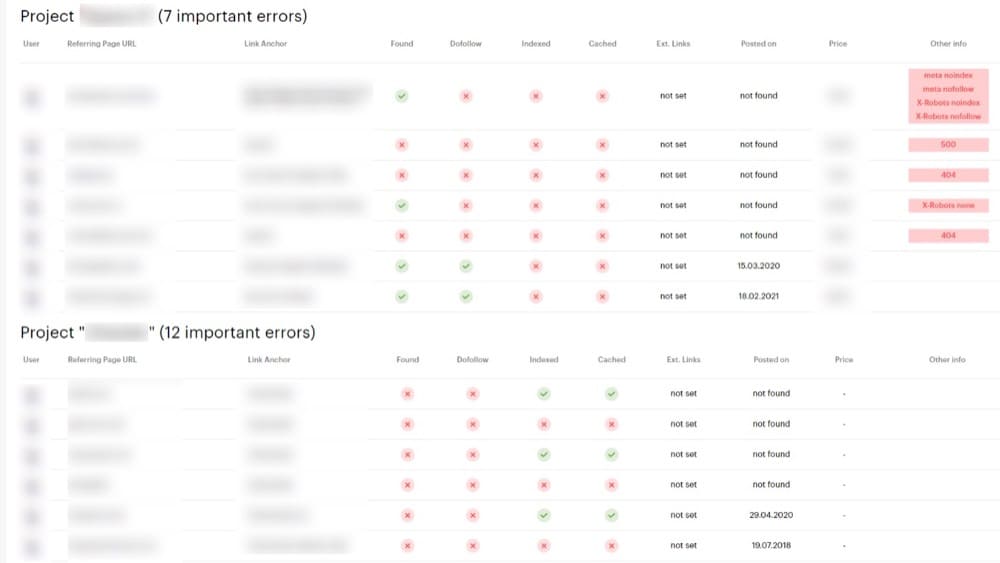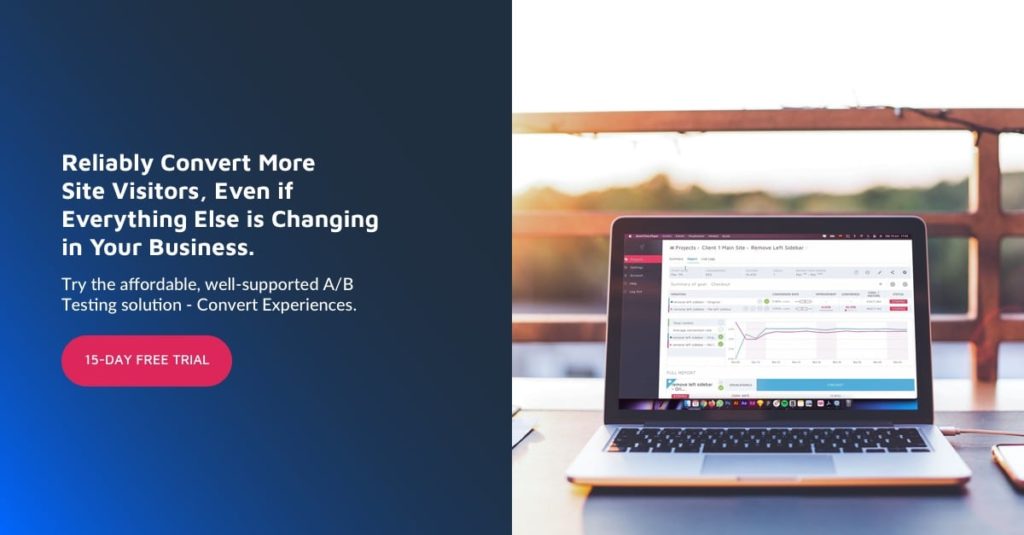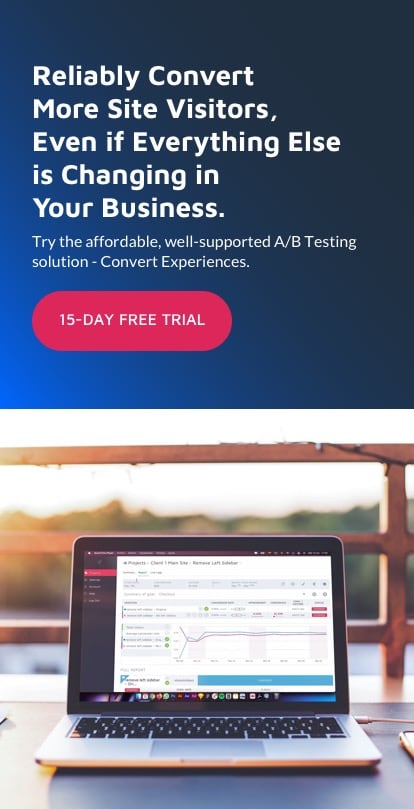The Future of SEO: Five SEO Trends That Are Here to Stay
SEO is one of the youngest areas of marketing and one of the most exciting to watch.
The reason why I consider it so interesting is the technological progress that’s driving it.
What started as a digital catalog that needed to be manually maintained is now getting a life of its own.
Google has been developing its machine learning and artificial algorithms for years and no other company has access to those testing and experimenting capabilities Google does.
Following Google’s improvements and developments, SEO has been becoming smarter and more mature as well.
What’s the future of SEO? Let’s try to figure out.
1. Exact-Match Keywords Are Going Obsolete
One of the biggest changes in Google’s algorithm has been its lessening dependence on exact match keywords.
It used to be simple and pretty straightforward: Whenever a user types a search query in the search box, Google would go through the documents in its index, match that search query to the word strings in those documents and then serve those documents to the user based on their perceived quality and authority (mainly calculated with the help of backlinks pointing to each page).
Back then, SEO was mostly about identifying those keywords, ensuring their high density on the page, and then building backlinks (with those keywords in the link text).
Well, those days are gone.
With help of multiple tests and updates (with BERT among those updates), Google has learned to understand the meaning and intent behind each search query. They have learned to give quick answers and provide follow-up questions.
Therefore if you are searching for something like [kids hikes], Google will understand that you are actually looking to take your family on an easy hike and since Upstate is anything to the north of NYC, your family may like an idea to go to the Hudson Valley:
Here Comes Intent Optimization
The future of SEO is to optimize for intent instead of an individual keyword. The future lies in treating those search queries as customers’ journeys instead of word strings.
Whenever I have to come up with an optimization strategy for a particular keyword, I always try to imagine what a user is trying to accomplish there.
Is it finding more information or finding more information before making a purchase? Is it general research or pre-buying research? How much are they likely to already know of existing brands and products when searching this.
For example, if someone is searching for something like [electric scooter for kids], they are very likely to be at the very beginning of their buying journey, still considering options. They may want to know about safety, the best options for a specific age group, and what else they need to be aware of prior to making a purchase. But if their search is something like [razor e100 electric scooter reviews], we are confident that they already know what they want and are at the very final stage of their buying journey.
Your landing page should reflect that in the most efficient way, from your copy to your CTAs. If a buyer is likely to be at the very start of their journey, it may be a bad idea to try and actively sell them your product. Give them information, offer to compare features, invite them to contact for help, etc.
Text Optimizer is a helpful tool helping you reverse engineer search intent and cluster it into underlying concepts for you to create a copy with various buying journeys in mind:
Once you run Text Optimizer for your target query, select around 10 concepts to use in your copy to better optimize it for a particular journey. Obviously, use your judgment when selecting those terms: “What would I be interested in seeing when searching for this?”
2. Usability is Becoming Part of SEO
Google has been working hard to ensure their users have good experience using their search interface as well as third-party pages that Google is serving.
It started back in 2010 when Google announced site speed to be a ranking factor, continued in 2016 when Google cautioned webmasters against using “intrusive interstitials” (i.e annoying popups that you have to close to interact with a web page), affected website security with its mandatory switch to secure protocols and finally became obvious with their recent page experience update that is now live.
The Page experience update is Google’s most recent effort to grade the user-friendliness of each page (when accessed from a mobile device). It measures the page speed, security, load time, absence of intrusive interstitials, safe browsing status, and mobile-friendliness.
There are a lot of metrics measuring each of the above signals but the gist is as follows: Your page needs to be secure, load fast and provide adequate user experience from the very first moment it is served (e.g. a user needs to be able to comfortably read the text even before the page fully loads).
Clearly, Google wants to provide a great user experience to their searchers and so should SEOs.
What it means to the future of SEO is that it needs to be better integrated with web design and web development processes. Where once SEO was its own island of weirdos who do God know what, in the future, SEO needs to be included in every aspect of design development.
On-page engagement should become not only an SEO metric but an SEO focus as that’s the only way to keep those visitors on the site and send good signals to Google. Come up with diverse, contextual, and non-intrusive ways to engage your site visitors, including creative methods like conversational forms, web push notifications, and smart exit-intent popups.
Monitoring and measuring your engagement tactics is equally important as you need to understand how people are moving through your site, which CTAs they interact with, and which ones distract them and send them off from your site.
Finteza is a great tool for that as it allows you to narrow your data down to any specific traffic source or landing page:
RELATED CONTENT: Uncover Your Website’s User Experience and Usability Conversion Barriers.
3. Building the True Answer Engine
When Google started, it acted more like a librarian: Give it your query and it will fetch a list of resources for you to figure out. For the past decade, Google has been experimenting at becoming an answer engine: Give it your query and you will have all the answers right away.
Those answers come in the form of featured snippets, rich snippets, Knowledge Graphs, and People Also Ask boxes that provide follow-up questions and quick answers to those.
Some of those search elements help searchers to make informed decisions, others remove the need for a click, but all of them surely impact your potential buyers’ journeys.
So how will all of that impact SEO?
Content Remains King
At the end of the day, what you really need is to create user-centric content focused on giving answers.
Regardless of where they search from, people are searching for information, so content remains fundamental.
Grant Simmons, Vice President of Performance Marketing at Homes.com:
Building the expert content modules for their clients and ensuring search engines can easily understand and consume those expert content nuggets is key, so entity organization, tagging and focus will earn visibility as part of a larger result chain…
Optimize for the Whole SERPs
With Google Search Engine Result Pages (SERPs) becoming more and more visual and interactive, it is becoming more and more important to look at the whole page instead of targeting a certain position.
Long gone are the days when Google served ten plain links to click. Today’s SERPs include maps, images, videos, and more:
You need to optimize for as many of these elements as possible which means creating videos and images, hiring influencers to do visual content for you, publish news and become a brand to be suggested by Google as a related entity.
Brian Harnish, lead SEO of iloveseo,
SERP analysis is critical to creating a great SEO strategy that drives actual clicks because tools aren’t going to tell you everything about that particular SERP.
Some tools are also very inaccurate, and this has become even more pronounced since JumpShot – a large data provider for the industry’s leading tools – was shut down by its parent company Avast and these tools could not use JumpShot as a data source any longer.
For SERP analysis, some industries are better than others when it comes to easily identifying things like blogs, major brands, and microsites appearing in the SERPs. It’s not always easy to identify these based on a random list of links that a tool spits out at you. If you’re more experienced, then analyzing a list of links like this can be easier, but it’s still tough for certain niches (especially if you don’t know the niche).
Visual Content Is Almost Always a Great Idea
As Google SERPs are becoming more and more visual and interactive, so should your SEO strategy. This means creating and optimizing original videos and images. Tools like Creatopy will help you set up a visual marketing strategy as scale.
The tool allows you to create original images at scale and re-use them across all available marketing channels:
Take your image game to the next level. Here are 26 tips to use images in your A/B tests and increase your conversion rates.
Find Innovative SEO Platforms
As Google is constantly innovating, so should your SEO strategy. SEO is building its own future!
Trying new SEO tools that take the time and effort to keep up with Google is always important.
Grant Simmons has a few suggestions:
MarketBrew is a company that is creating search environments that mimic search engines based on reverse engineering search results, pretty accurately. It has massive use cases once it’s connected to a publishing tool and next-gen AI writing tool to automate SEO in real time and loop back streams of data inputs to optimize. It is kind of a doom and gloom SEO scenario but it’s already well underway.
The same kind of Machine Learning using large datasets is also being used for internal linking and dynamic content creation by companies such as Quattr and Bloomreach
Build Brand Recognizability to Get More Clicks
Becoming a brand is more than becoming known enough for people to start typing your name in the search box, although that is a good first step.
You need to become part of Google’s Knowledge Graph which means Google needs to know of you as an entity.
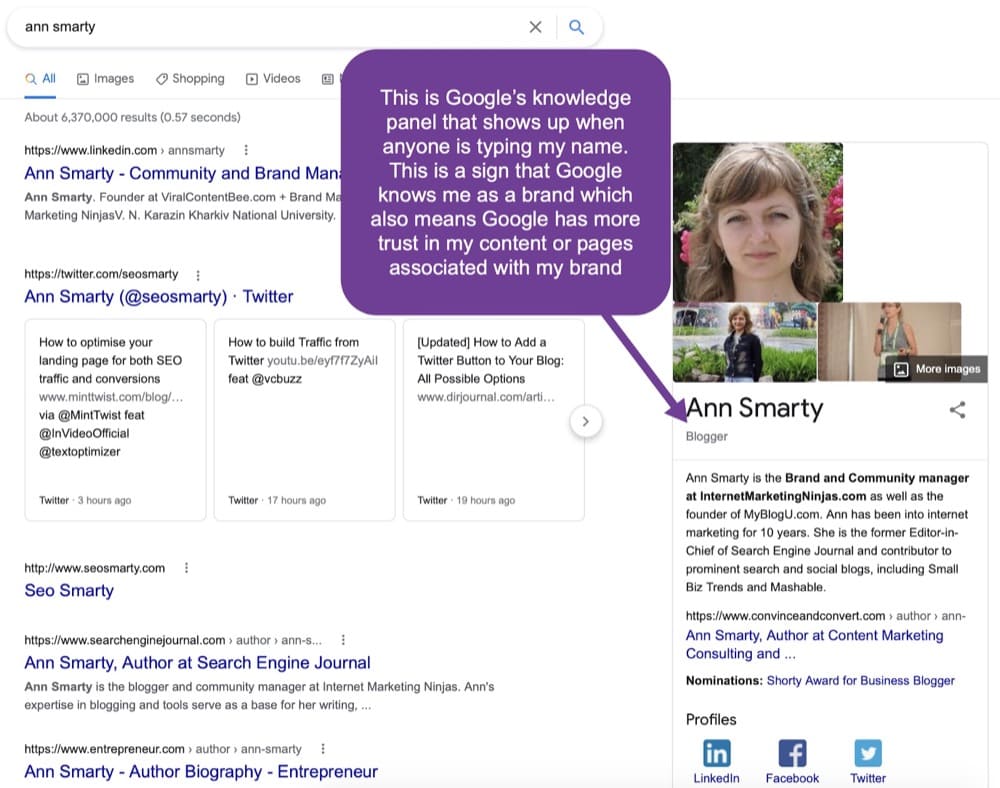
A powerful brand means more trust which translates into higher rankings but also better click-through because people often scan through SERPs until they come across a brand (a domain) they know.
This is a long process that starts with choosing a brandable name. Namify is my favorite tool for its ability to create strong niche associations.
But choosing a solid brand name is just the beginning. Next, you will need to get active on social media and get your brand out there making news headlines and generating positive brand mentions.
Brian Harnish adds:
To drive clicks and traffic, brand recognition needs to be a core component of your SEO strategy. It doesn’t need to be the entire strategy, but when you focus on brand recognition, you’re working on giving consumers a brand that they will want to go to in that SERP – above all others in that SERP.
Whether it’s for product and services advice, or other specific information that’s tied to your brand, and expected of websites in your niche, brand recognition SEO could help drive clicks that general SEO cannot. But make no mistake, it shouldn’t be the be-all, end-all of your SEO strategy. Think of it as a component that works in tandem with other techniques as part of your overall SEO strategy.
4. Other (Non-text) Ways to Search
Other (non-text) ways to search (voice, by image, etc.) will slowly become more and more important, although this is changing much slower than we would have expected.
Google has already introduced voice search in all of its devices and made it clear that voice search is essential for them. In fact, turning into an answer engine has been implemented because Google wants to make browser-less searching more productive and meaningful.
Visual search is implemented through Google Lens, the search giant’s initiative to enable searching by pointing your device into a real-life object or image.
Both of these are already being widely used but so far none of them has had much impact on SEO or how it is done.
5. Even Less Predictability
As Google is getting smarter and harder to reverse engineer, SEO is becoming more complicated and harder to predict.
It is not easy to identify what may have moved the needle or what may have caused a traffic decline as there are hundreds (if not thousands) of factors in play.
With that in mind, comprehensive and actionable SEO audits are likely to become even more important in the future.
Casey Markee, Founder, Media Wyse, states:
Regular SEO audits are going to become MORE important in the future, not LESS! As Google continues to push out more and frequent core updates, tests new and ever-evolving schema types and adds and deploys new search features, the need to stay educated about best practices will increase, not decrease, for the average site owner.
It’s hard for me personally to take ANYONE seriously that says “SEO audits” are a waste of time or will become less important when SEOs are still seeing the same issues plague site owners over and over. These issues include using the wrong types of schema, failing to understand the impact of excessive DOM nodes on crawling and rendering content, and focusing on novelty concepts like Domain Authority as ways to increase bottom-line Google referrals.
A well-executed site audit is still the best way for site owners to garner bottom-line insights that will improve website architecture, increase overall UX, and make it easier for search engines to crawl, render, index, and rank content as easily and effectively as possible!
With less predictability comes the need to up your SEO monitoring game. You need to keep a close eye on what you do and how your site’s organic search visibility is changing. Consider using all kinds of monitoring tools like Brand Mentions and Link Checker:
Conclusion
The future of SEO is more integrated. The focus is going to be on long-term growth versus quick gains, and the smart technology helping you to identify and monitor organic search opportunities is going to become even more important.
Yet, the core SEO practices are going to stay the same: Content is still king and brands are still queens. You need both to build an organic search presence.
I am going to close with input from Gail Gardner, the smartest digital marketer I know and founder of Growmap:
Every year people say “SEO is Dead” and I reply “People say that every year. As long as there is an internet, SEO won’t be dead.
Written By
Ann Smarty

Edited By
Carmen Apostu


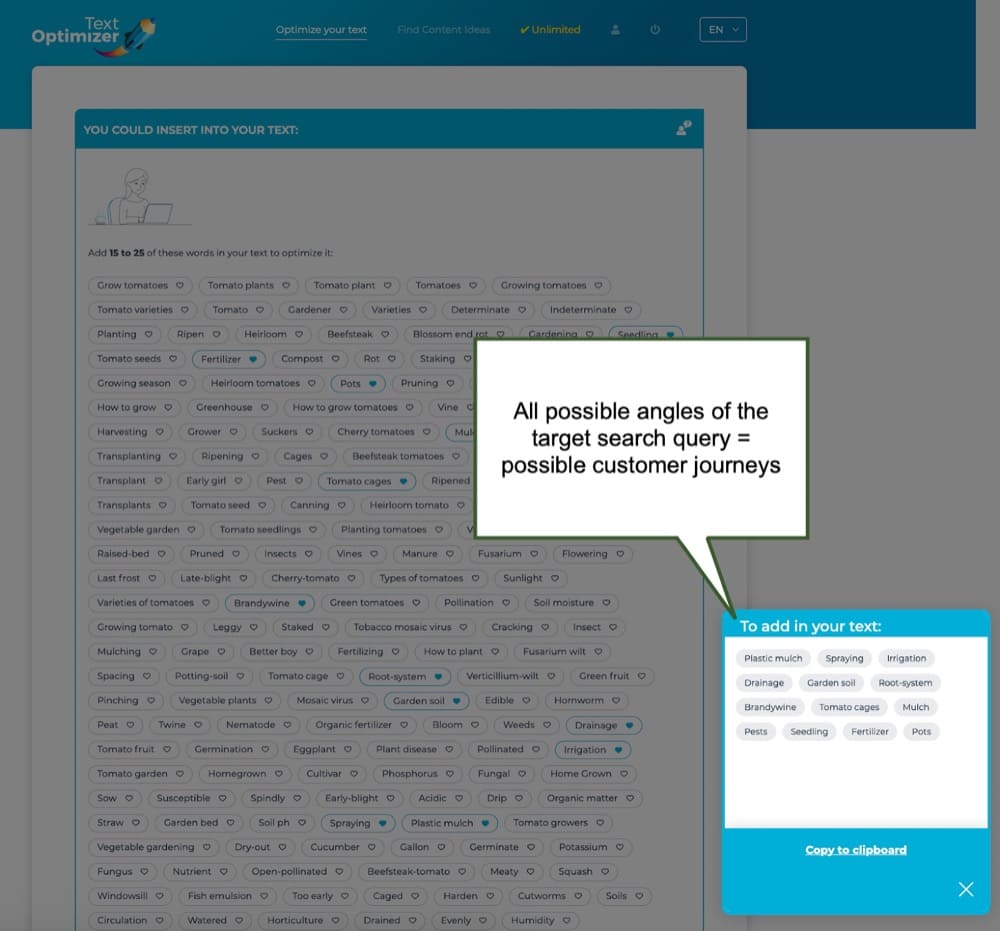
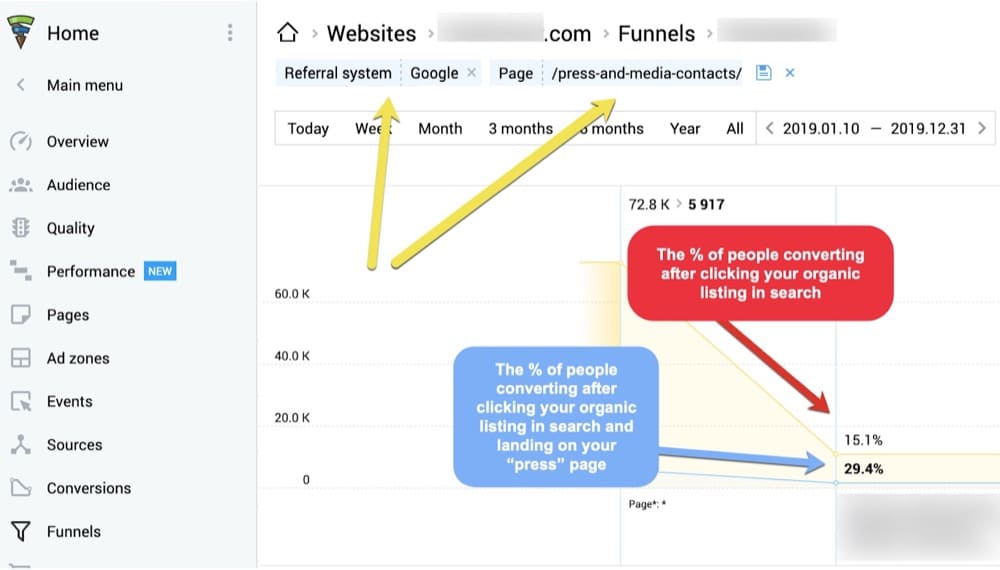
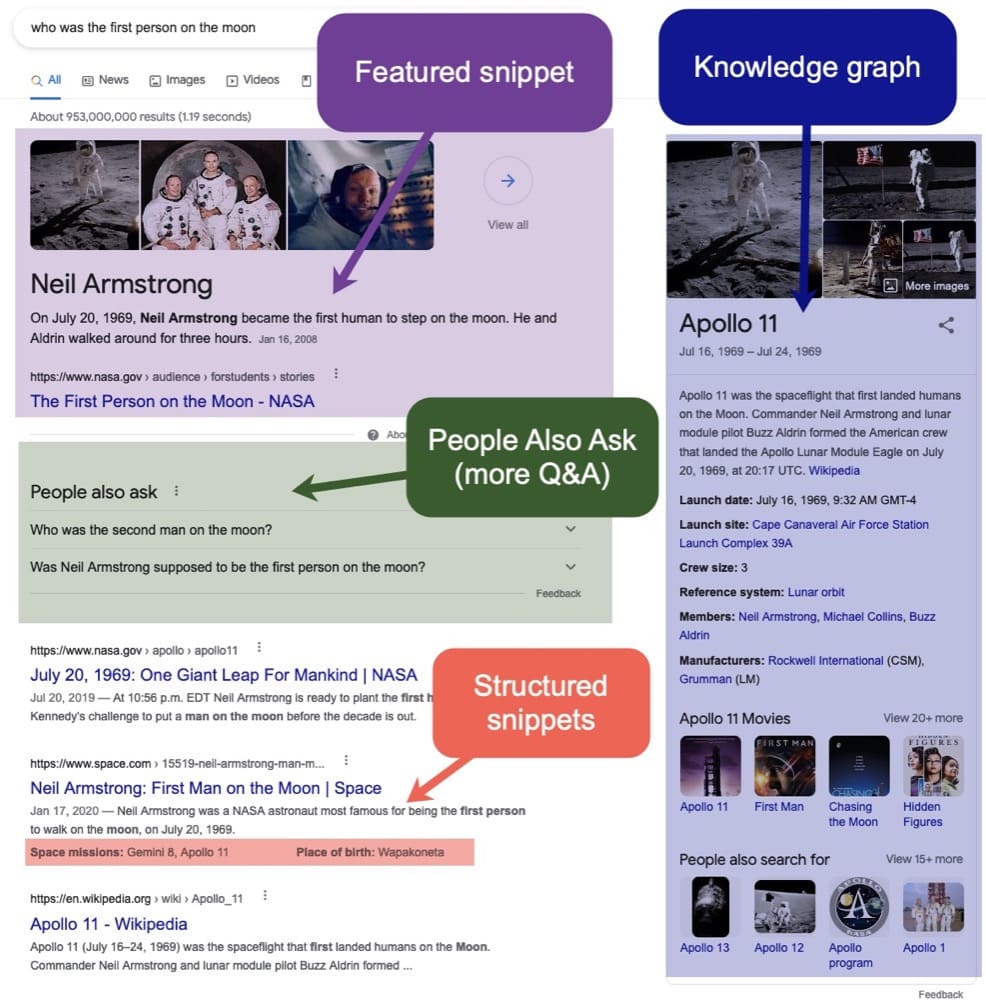
![Google search results for [pizza] on mobile in 2020](https://www.convert.com/wp-content/uploads/2021/07/google-serps-706x1024.jpg)
